15 Wolf-Dog Breeds for the Adventurous Pet Owner:
For those enchanted by the mystique and majesty of the wild, wolf-dog breeds offer a unique blend of the domestic and the untamed. Ideal for experienced pet owners who value robust, spirited companions, these breeds exemplify the adventurous spirit of pet care. Before considering a wolf-dog as your companion, it’s crucial to understand their specific care needs and temperamental nuances.
Breed Profiles:
1. Siberian Husky:
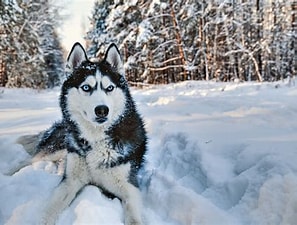
- Appearance: Known for their striking blue or multi-colored eyes and thick fur, Siberian Huskies are medium-sized, energetic dogs.
- Origins: Originally bred by the Chukchi people in Siberia for sled pulling and companionship.
- Temperament: Friendly and outgoing, Huskies are social but have a strong predatory drive and need for regular exercise.
- Care Considerations: Requires significant exercise and mental stimulation to prevent behavioral issues.
2. Alaskan Malamute:
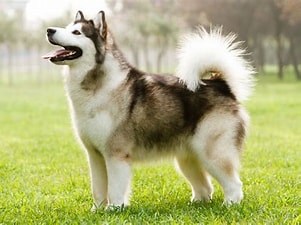
- Appearance: Large and robust, these dogs have a dense coat suited for extreme cold.
- Origins: Developed by the Malimiut Inupiaq people of Alaska’s Norton Sound region, primarily as sled dogs.
- Temperament: Known for their strength and endurance, they are affectionate with families and excellent working dogs.
- Care Considerations: Needs a lot of exercise and firm training due to their strong-willed nature.
3. Czechoslovakian Wolfdog:

- Appearance: Athletic build, resembling a mix of German Shepherd and Carpathian wolf.
- Origins: Bred in the 1950s from crosses between German Shepherds and Carpathian wolves to create a versatile working dog.
- Temperament: Highly active, intelligent, and loyal, but can be challenging for first-time dog owners.
- Care Considerations: Requires consistent training and socialization from a young age.
4. Saarloos Wolfdog:
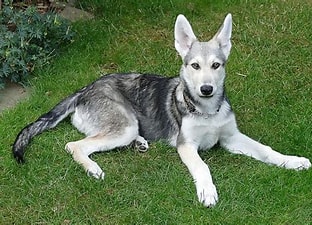
- Appearance: Large and wolf-like, these dogs are impressive with their keen expressions and sturdy build.
- Origins: Developed in the Netherlands by crossing a German Shepherd with a European wolf.
- Temperament: Strong-willed and independent, they need an owner who understands primal canine behavior.
- Care Considerations: Not suited for a novice dog owner, requires extensive socialization.
5. Canadian Eskimo Dog:
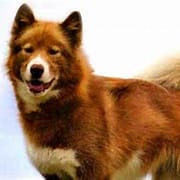
- Appearance: Thick coat, sturdy build, and bear-like face, designed for harsh Arctic conditions.
- Origins: One of North America’s oldest indigenous breeds, used for sled pulling and hunting.
- Temperament: Tough and hard-working, yet gentle and very loyal to their family.
- Care Considerations: Needs a job to do or plenty of space to roam and exercise.
6. Tamaskan Dog:

- Appearance: Designed to look like a wolf, the Tamaskan is athletic and has a friendly expression.
- Origins: Developed from Siberian Husky, Alaskan Malamute, and German Shepherd to create a wolf-like appearance without wolf heritage.
- Temperament: Known for their intelligence and friendly nature, Tamaskans are good with families and other pets.
- Care Considerations: Requires plenty of exercise and mental challenges.
7. Northern Inuit Dog:

- Appearance: Large and wolf-like, often used to portray direwolves in films and shows.
- Origins: Bred in the UK from a mix of Siberian Husky, Alaskan Malamute, and German Shepherd.
- Temperament: Sociable and friendly but needs firm training and early socialization.
- Care Considerations: Requires a lot of space to roam and a good amount of physical activity.
8. American Alsatian:
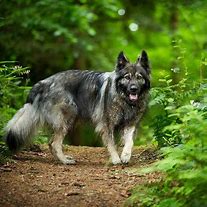
- Appearance: Large, robust, and calm, designed to resemble the extinct Dire Wolf.
- Origins: Developed in the USA, aiming for a companion dog with a wolf-like look but a gentle temperament.
- Temperament: Quiet, reserved, and very loyal to its family.
- Care Considerations: Needs moderate exercise and enjoys mental stimulation through training.
9. Alaskan Noble Companion Dog:
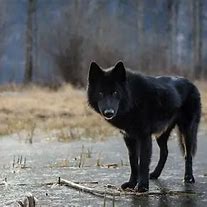
- Appearance: Majestic and alert, resembling a wolf in appearance.
- Origins: A relatively new breed from the US, designed entirely from domestic dogs to replicate the wolf’s appearance.
- Temperament: Intelligent, independent, and can be reserved with strangers.
- Care Considerations: Requires an experienced owner who can provide structured training and plenty of exercise.
10. Utonagan:

- Appearance: Large, muscular, and wolf-like, designed to look like a wolf without any actual wolf ancestry.
- Origins: Developed in the UK from a mix of Siberian Husky, Alaskan Malamute, and German Shepherd.
- Temperament: Gentle and friendly but needs a firm, consistent training approach.
- Care Considerations: Needs substantial exercise and mental engagement.
11. Greenland Dog:
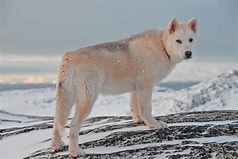
- Appearance: Sturdy, muscular, and resembling traditional sled dogs with thick coats.
- Origins: Native to Greenland, used historically for pulling sleds and hunting.
- Temperament: Independent and strong-willed but loyal and capable.
- Care Considerations: Needs lots of outdoor activity and does best with a job to do.
12. Samoyed:

- Appearance: Fluffy white coat, bright and cheerful expression.
- Origins: Originally bred by the Samoyedic peoples of Siberia for herding and pulling sleds.
- Temperament: Friendly, gentle, and adaptable, excellent with families.
- Care Considerations: Requires regular grooming and daily exercise.
- SEO Keywords: Samoyed, family-friendly pets, fluffy dogs, pet grooming.
13. Shikoku:
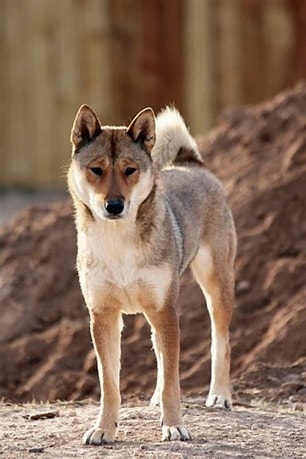
- Appearance: Medium-sized, agile, and wolf-like, with a thick coat and pointed ears.
- Origins: Native to Japan, originally bred for hunting.
- Temperament: Loyal, alert, and somewhat reserved, especially with strangers.
- Care Considerations: Needs ample exercise and a consistent training regimen.
14. Kugsha (Amerindian Malamute):

- Appearance: Rare, resembling a wolf with thick fur and a robust build.
- Origins: Not much is documented about their origins but often discussed among wolf-dog breeds.
- Temperament: Independent and strong-willed.
- Care Considerations: Requires an experienced owner who understands primitive breeds.
15. Lupo Italiano:
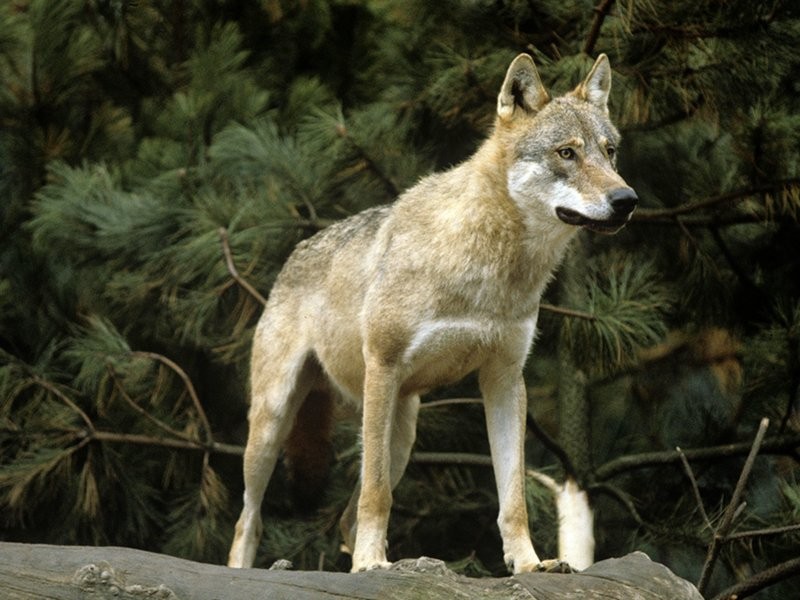
- Appearance: Resembles a mix between a wolf and a German Shepherd, large and imposing.
- Origins: Bred in Italy, allegedly from a mix of German Shepherd and wild wolf.
- Temperament: Strong and dependable, used primarily for search and rescue.
- Care Considerations: Needs disciplined training and ample exercise.
